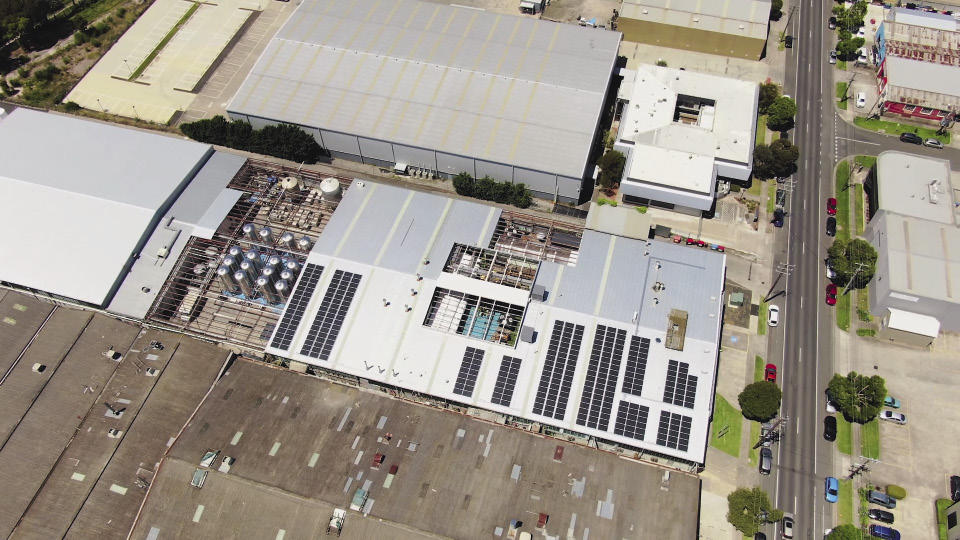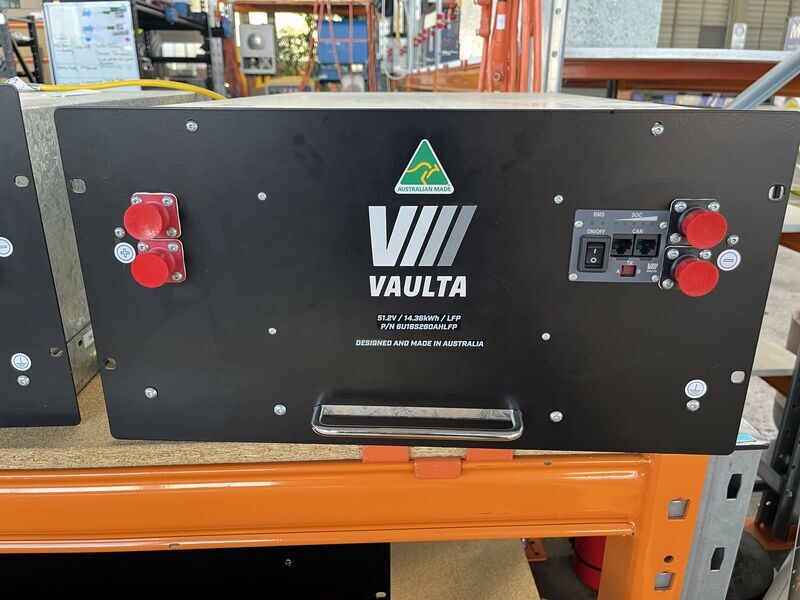From pv magazine 02/2020.
According to International Energy Agency analysis, solar – following stable growth in 2020 – is expected to account for 60% of new renewable energy capacity additions by 2025. With the report also predicting that solar will see a rise to around 117 GW of new capacity in 2021 and deployments rise to 148 GW in 2022, it is easy to see why many commercial and industrial organisations, as well as residential users around the world, are keen to take advantage of the opportunities solar can bring.
However, as rising levels of distributed generation come online, many countries are struggling to manage impacts on the stability of their local grids. As a result, network operators in countries including Thailand, Spain, Germany, South Africa, Australia (see pp. 28-31), and others have set export power limits to help manage grid stability without compromising on the deployment of renewable technologies like solar.
Export limitation – which is often mandatory – means that any solar plant needs to have an active power control to meet the network operators’ requirements.
For example, in Australia, the electricity system consists of several independent synchronous zones. The largest of which – the North-South path, runs along the east coast and is long with a very narrow transverse. As such, it is unable to provide the same level of contingency reserves as the meshed systems found in most of Europe and the United States. Therefore, the Australian grid code requires export limitation to maintain the stability of the grid.
In countries with mandatory grid codes, an export limitation controller must avoid the power output exceeding the export limit. The controller works by reacting to load fluctuations to keep the power below the limit.
Many systems require external controllers to work with the inverter to ensure the power output from the installation does not exceed the export limit set by the grid code. Fimer wanted to develop an integrated solution with its PVS portfolio of string inverters and utilises the inverter’s communication capabilities to provide a complete solution without the customer’s need to invest in additional controllers or dedicated devices.
Fimer’s unique Export Limitation solution is an innovative distributed control algorithm, which is directly built into every PVS series string inverter and is designed to satisfy the most demanding grid code requirements. The PVS string inverters’ communications capabilities mean that they can share data directly without the need for any external controllers or devices. In turn, this will allow higher energy yields and increased self-consumption in compliance with any limits set for exported power at either low or medium voltage connection points. It also reduces the overall cost of the system, as it is quicker to install and less likely to fail compared to other solutions, thanks to having fewer components.
Also, as other systems use a single external controller, there is a risk of a single point of failure. Fimer’s Export Limitation solution not only reduces this risk, it can also leverage existing on-site meters installed by the grid operator, unlike other zero-export solutions that require the installation of an additional gateway.
This means that the latest addition to Fimer’s PVS string inverter family – the PVS-10/33-TL – already benefits from integrating the Export Limitation system.
Available in outputs from 10 kW to 33 kW, the new string inverters offer high power density and strong energy harvesting potential. With advanced in-built digital capabilities, PVS-10/33-TL is designed for simplicity and flexibility and can be easily installed in new or existing arrays to provide lower installation and maintenance costs.The inverters feature current monitoring on each string, which can reach up to 1100 Vdc input voltage, allowing for longer strings and the ability to operate across wider temperature ranges.
Thanks to the integration of Fimer’s Export Limitation solution, customers will be perfectly positioned to take advantage of growing solar trends in the commercial and industrial market, such as bifacial module installations. These are proving increasingly popular, primarily due to a reduction in the technology costs and the ability to harness maximum energy performance utilising both sides of the panel. Designed specifically for the commercial and industrial markets, the PVS 20, 30, and 33 kW units are also suitable for bifacial module installations.
The IEA’s latest global analysis shows that demand for solar power will continue to increase over the next ten years. To meet this growing demand, any solar application must be scoped out thoroughly to ensure it complies with local grid codes. For any customer considering a solar application where an export limitation code is in place, working with the right inverter partner with an integrated export limitation solution will provide the peace of mind that the project is fully compliant. In this way, the export limitation will not limit the possibilities that solar can provide.
Simone Bracciali
About the author
Simone Bracciali has more than 10 years’ experience in the solar sector, working in roles including technical sales and product manager. He has a particular expertise in export limitation, bringing knowledge from his extensive work on the management of Power Plant Controller and SCADA systems supply, and his background as a university researcher. He has a deep understanding of worldwide grid codes, and since 2019, he has been a member of the CEI (Comitato Elettrotecnico Italiano – Italian Electrotechnical Committee).
This content is protected by copyright and may not be reused. If you want to cooperate with us and would like to reuse some of our content, please contact: editors@pv-magazine.com.








2 comments
By submitting this form you agree to pv magazine using your data for the purposes of publishing your comment.
Your personal data will only be disclosed or otherwise transmitted to third parties for the purposes of spam filtering or if this is necessary for technical maintenance of the website. Any other transfer to third parties will not take place unless this is justified on the basis of applicable data protection regulations or if pv magazine is legally obliged to do so.
You may revoke this consent at any time with effect for the future, in which case your personal data will be deleted immediately. Otherwise, your data will be deleted if pv magazine has processed your request or the purpose of data storage is fulfilled.
Further information on data privacy can be found in our Data Protection Policy.